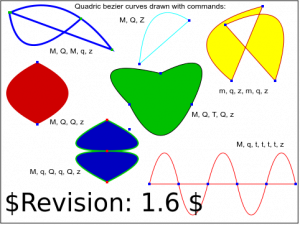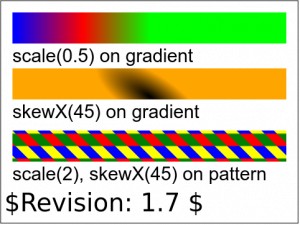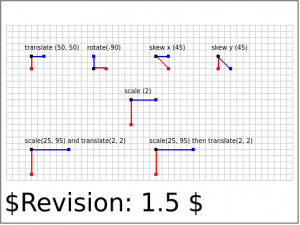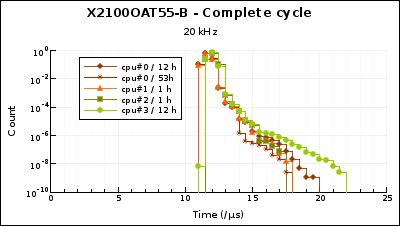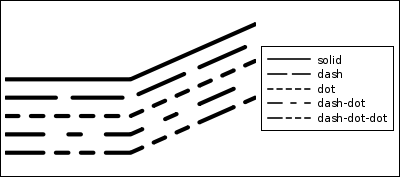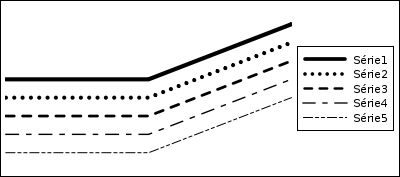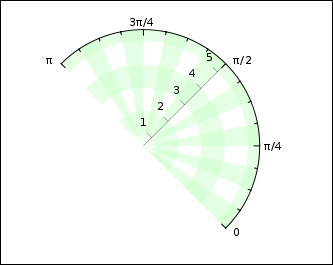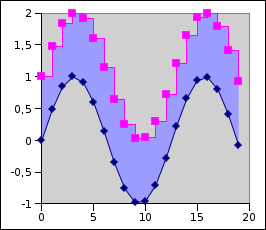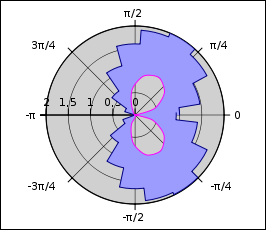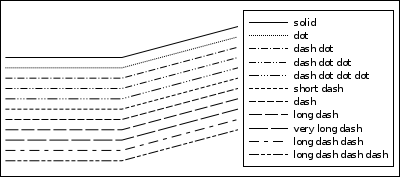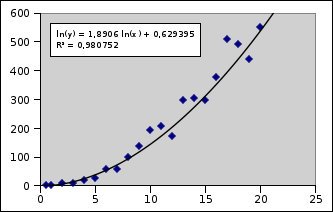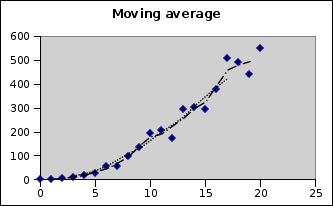Here’s an example of the use of the ArvCamera API of Aravis:
#include <arv.h>
#include <stdlib.h>
static gboolean cancel = FALSE;
static void
set_cancel (int signal)
{
cancel = TRUE;
}
static char *arv_option_camera_name = NULL;
static char *arv_option_debug_domains = NULL;
static gboolean arv_option_snaphot = FALSE;
static gboolean arv_option_auto_buffer = FALSE;
static int arv_option_width = -1;
static int arv_option_height = -1;
static int arv_option_horizontal_binning = -1;
static int arv_option_vertical_binning = -1;
static const GOptionEntry arv_option_entries[] =
{
{ "name", 'n', 0, G_OPTION_ARG_STRING,
&arv_option_camera_name,"Camera name", NULL},
{ "snapshot", 's', 0, G_OPTION_ARG_NONE,
&arv_option_snaphot, "Snapshot", NULL},
{ "auto", 'a', 0, G_OPTION_ARG_NONE,
&arv_option_auto_buffer, "AutoBufferSize", NULL},
{ "width", 'w', 0, G_OPTION_ARG_INT,
&arv_option_width, "Width", NULL },
{ "height", 'h', 0, G_OPTION_ARG_INT,
&arv_option_height, "Height", NULL },
{ "h-binning", '\0', 0, G_OPTION_ARG_INT,
&arv_option_horizontal_binning,"Horizontal binning", NULL },
{ "v-binning", '\0', 0, G_OPTION_ARG_INT,
&arv_option_vertical_binning, "Vertical binning", NULL },
{ "debug", 'd', 0, G_OPTION_ARG_STRING,
&arv_option_debug_domains, "Debug mode", NULL },
{ NULL }
};
int
main (int argc, char **argv)
{
ArvCamera *camera;
ArvStream *stream;
ArvBuffer *buffer;
GOptionContext *context;
GError *error = NULL;
int i;
g_thread_init (NULL);
g_type_init ();
context = g_option_context_new (NULL);
g_option_context_add_main_entries (context, arv_option_entries, NULL);
if (!g_option_context_parse (context, &argc, &argv, &error)) {
g_option_context_free (context);
g_print ("Option parsing failed: %s\n", error->message);
g_error_free (error);
return EXIT_FAILURE;
}
g_option_context_free (context);
arv_debug_enable (arv_option_debug_domains);
if (arv_option_camera_name == NULL)
g_print ("Looking for the first available camera\n");
else
g_print ("Looking for camera '%s'\n", arv_option_camera_name);
camera = arv_camera_new (arv_option_camera_name);
if (camera != NULL) {
gint payload;
gint x, y, width, height;
gint dx, dy;
double exposure;
guint64 n_processed_buffers;
guint64 n_failures;
guint64 n_underruns;
arv_camera_set_region (camera, 0, 0, arv_option_width, arv_option_height);
arv_camera_set_binning (camera, arv_option_horizontal_binning, arv_option_vertical_binning);
arv_camera_get_region (camera, &x, &y, &width, &height);
arv_camera_get_binning (camera, &dx, &dy);
exposure = arv_camera_get_exposure_time (camera);
payload = arv_camera_get_payload (camera);
g_print ("image width = %d\n", width);
g_print ("image height = %d\n", height);
g_print ("horizontal binning = %d\n", dx);
g_print ("vertical binning = %d\n", dy);
g_print ("exposure = %g µs\n", exposure);
stream = arv_camera_new_stream (camera);
if (arv_option_auto_buffer)
arv_gv_stream_set_option (ARV_GV_STREAM (stream),
ARV_GV_STREAM_OPTION_SOCKET_BUFFER_AUTO,
0);
for (i = 0; i < 30; i++)
arv_stream_push_buffer (stream, arv_buffer_new (payload, NULL));
arv_camera_start_acquisition (camera);
signal (SIGINT, set_cancel);
do {
g_usleep (100000);
do {
buffer = arv_stream_pop_buffer (stream);
if (buffer != NULL) {
/* Image processing here */
arv_stream_push_buffer (stream, buffer);
}
} while (buffer != NULL);
} while (!cancel);
arv_stream_get_statistics (stream, &n_processed_buffers, &n_failures, &n_underruns);
g_print ("Processed buffers = %Ld\n", n_processed_buffers);
g_print ("Failures = %Ld\n", n_failures);
g_print ("Underruns = %Ld\n", n_underruns);
arv_camera_stop_acquisition (camera);
g_object_unref (stream);
g_object_unref (camera);
} else
g_print ("No camera found\n");
return 0;
}
A direct use of the Genicam API is shown in the arv-test.c file in the git repository:
http://git.gnome.org/browse/aravis/tree/src/arvtest.c
